First Annual Summit on Modern Wood Frame Construction Held in Beijing
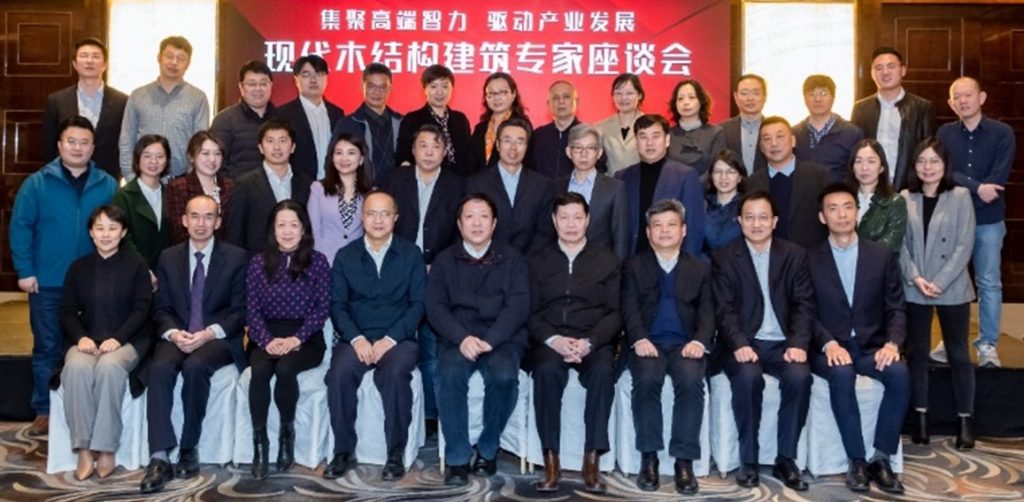
On March 19, the first Annual Summit on Modern Wood Frame Construction was held in Beijing. Jointly organized by Forestry Innovation Investment China (FII China) and the China Real Estate Association (CREA), the summit hosted more than 40 senior leaders from government, academia, and industry to discuss trends and opportunities in modern wood frame construction (WFC) in China.
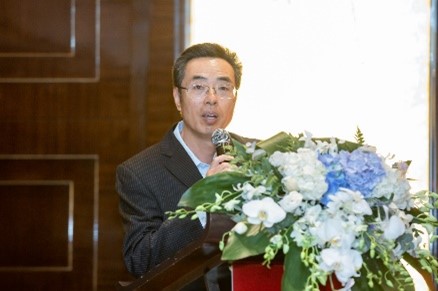
Mr. Wang Huimin, Deputy President of CREA 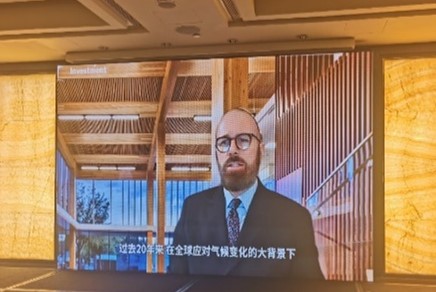
Michael Loseth, President and CEO of FII 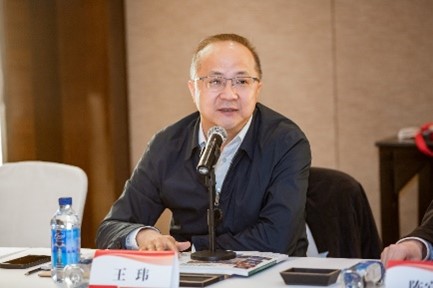
Mr. Wang Wei, Deputy Director-General of the Department of Standards and Norms, Ministry of Housing and Urban-Rural Development (MOHURD)
Mr. Wang Huimin, Deputy President of CREA delivered opening remarks where he emphasized the role of WFC in enabling China’s pursuit of high-quality, green and people-centered development. Mr. Michael Loseth, President and CEO of FII participated through a video message where he reaffirmed FII’s commitment to working with Chinese partners to share Canada’s technical experience and seek new opportunities for wood construction.
Mr. Wang Wei, Deputy Director-General of the Department of Standards and Norms, Ministry of Housing and Urban-Rural Development (MOHURD), noted the benefits of wood as an energy-saving and environmentally friendly construction material. He emphasized that MOHURD is drawing up general specifications on WFC and welcomes international experience to promote the development of WFC in China.
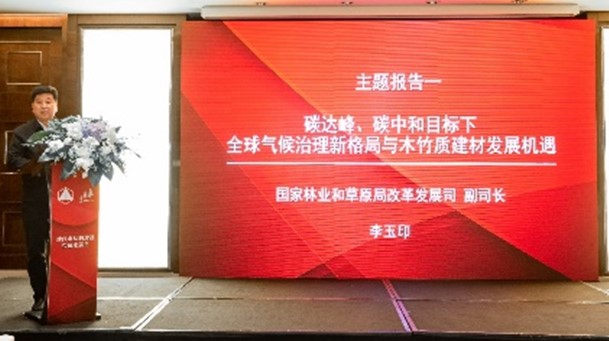
The summit featured three keynote speeches on opportunities and trends in WFC as well as architectural design. Mr. Li Yuyin, Deputy Director-General of the Reform and Development Department, National Forestry and Grassland Administration (NFGA), talked about opportunities for wood and bamboo construction materials under global climate governance and China’s carbon neutrality pledge. He noted the significant role of WFC in the high-quality development of forestry industry in China.
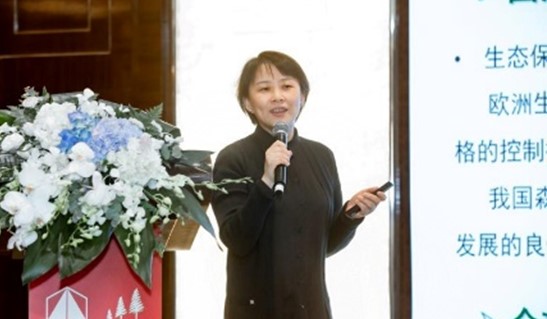
Professor Gao Ying from Beijing Forestry University, gave a comprehensive introduction of modern WFC, including its benefits, development and trends. Professor Gao believes that WFC is entering a new stage of development in China. She suggested that while diversifying the use of wood structures in public buildings, the use of wood in multi-story buildings should also be promoted along with the combined use of wood, concrete and steel.

Mr. Cui Kai, a senior fellow from the National Academy of Engineering gave a presentation on the application of wood frame structure in architecture. His participation was a noteworthy addition to the list of speakers, as the title of senior fellow represents the most senior ranking academics in China. Sharing his experience in the design and building of Haikou Citizen Tourism Center in Hainan Province and Tianfu Agricultural Exhibition Center in Sichuan Province, Mr. Cui Kai believes that WFC can represent the harmony between humanity and nature, with unique cultural values and aesthetics. He also pointed out challenges in project implementation and called for improvement in regulatory processes.
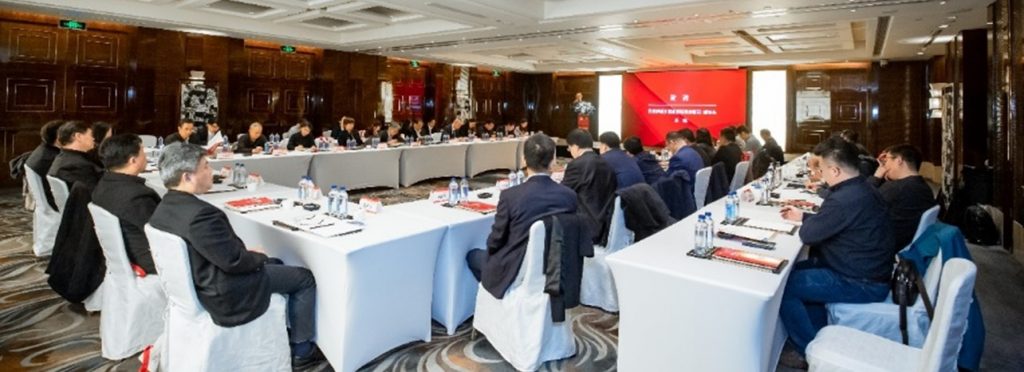
Following the keynote speeches, participants exchanged opinions on the development of modern WFC in China. Mr. Chen Yiming, Deputy President and General Secretary of CREA offered concrete advice on key steps to promote WFC and expressed his belief that China will be well-positioned to develop WFC in the future.
Other key representatives included Ms. Wen Linfeng, Deputy Chief of the Center of Science & Technology and Industrialization Development, Mr. Fei Benhua, Deputy Head of the International Center for Bamboo and Rattan, Mr. Liu Nengwen, Head of the Wood Value Promotion and Sustainable Development Center, and Mr. Yang Xiwei, Chief Engineer at China Association of Building Energy Efficiency.
The fruitful discussion resulted in a consensus on several key issues regarding the development of WFC. Participants agreed that ecological protection and the rational use of natural resources are not in opposition to each other. The application of wood in construction increases the value of wood, which improves the economics for the protection of forest resources. Moreover, China’s existing wood resources, supplemented with imported resources, will be sufficient for the demands of WFC in China. Inspired by the in-depth discussion and valuable insights generated in the meeting, participants suggested the summit could be held on an annual basis to carry forward such impactful and meaningful discussions.
As China pledges to achieve the peaking of carbon emissions by 2030 and carbon neutrality by 2060, the construction industry has a key role in achieving these ambitious targets. Wood is a sustainable material with excellent carbon storage and insulation capability, which is an ideal alternative to carbon heavy construction materials such as cement and steel. Meanwhile, WFC is also in line with China’s pursuit of high-quality development, in particular the rural revitalization strategy and construction industrialization. Following the outcomes of this summit, FII China and CREA will continue to work together on promotions of WFC. The two sides have agreed to host a joint forum on WFC during the 17th International Conference on Green and Energy-efficient Building that will be held in May, 2021.

